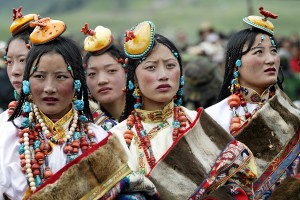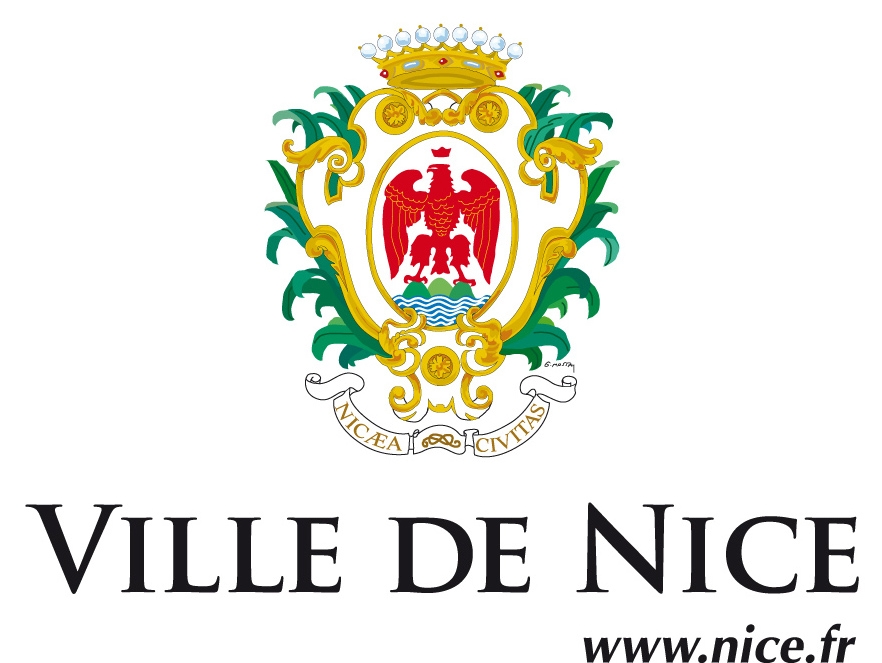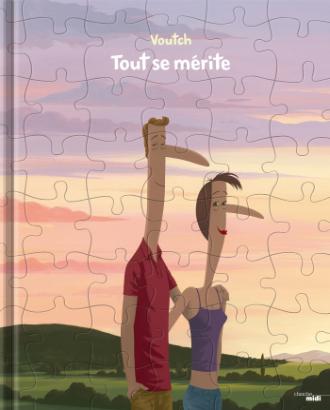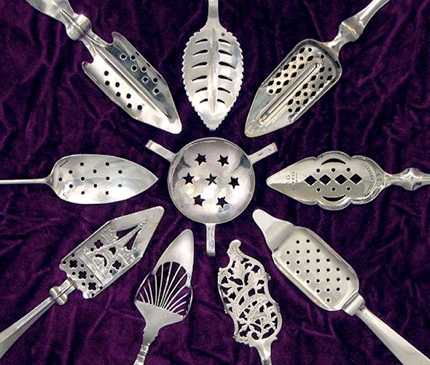TOULOUSE
à Toulouse
dans les Musées Paul-Dupuy et Georges-Labit

MR 1490-DB 6444 A Tibetan traditional doctor takes the pulse of a nomad girl from Tsatsa in a clinic supported by Shechen humanitarian programs, eastern Tibet. 2005
Un moine médecin tibétain prend le pouls d’une petite fille nomade de la région de Tsatsa, dans une clinique aidée par notre progamme humanitaire. Tibet oriental. Juillet 2005.
Unique dans deux musées de la Ville, l’exposition De Foudre et de Diamant du 12 décembre 2016 au 21 mai 2017 rend hommage au bouddhisme de tradition tibétaine.

MR 1140-D6525. High in the mountains of eastern Tibet, five elaborately dressed young nomad women, their dresses lined in fur (chubas), attend the festival of Mani Gengok in 2004. This is the first time this festival has been held in ten years and the women wear their best family ornaments of amber, coral, turquoise, and rare semi-precious stones.
Mani Genkok Festival
At Mani Genkok in eastern Tibet a big three-day festival, the first in ten years, is dedicated to the legendary King Gesar of Ling and has attracted thousands of nomads from far and wide. They have set up their tents on the big plain, and all are dressed in their very best clothes. The women are wearing large chunks of amber on their heads and heavy jewelry made from coral, turquoise and agate inherited from their grandmothers and great-grandmothers. The men are wearing coats edged with animal skins and long cutlasses in silver sheaths tucked through their belts.
Masked dances, performed by monks, retrace the major events in King Gesar’s life. Riders in sumptuous costumes, wearing glittering, strangely shaped headdresses, parade about, brandishing victory banners. The story of Gesar is the tale of an invincible warrior whose true enemies were hatred, attachment, arrogance, and jealousy. Gesar wielded the sword of knowledge and tore through the veils of ignorance, and his conquests were inner peace and wisdom.
One of the main passions of the Tibetan nomads is horses. Races and equestrian games are therefore a major part of this three-day festival. The spectators crowd the length of the course or else watch the proceedings from the hillside at the edge of the meadow or perched in little clusters on the roofs of any vehicles parked nearby.
Nous sommes dans l’Est du Tibet, le Kham, à 4000 mètres d’altitude ou se déroule la grande fête de Mani Guenkok, qui n’avait pas eu lieu depuis 10 ans. Des milliers de nomades parés de leurs plus beaux atours viennent camper dans une grande plaine. Les femmes

MR 686 The 14th Dalai Lama meets the young reincarnation of one of his main spiritual teachers, Dilgo Khyentse Rinpoche (1910-1991). For the photographer, this image symbolizes the ever-flowing loving kindness and compassion that characterizes the fourteenth Dalai Lama. Bodh Gaya, India 2000
Le Dalaï-lama avec la jeune incarnation de son l’un de ses principaux maître spirituel, Dilgo Khyentsé Rinpotché. Bodh Gaya, Inde 2000
Trois expositions pour mieux découvrir, comprendre…
Au musée Paul-Dupuy seront exposées 24 peintures tibétaines anciennes, appelées thangkas, objets d’entrainement à la visualisation des divinités dans le bouddhisme tantrique. « Chose que l’on déroule », le thangka est un rouleau vertical, une toile – généralement de coton- recouverte d’un enduit minéral, peinte le plus souvent à l’aide de pigments naturels et montée sur un riche brocard de soie. Par sa technique, le thangka est donc un hybride entre la peinture de chevalet et la peinture murale a secco. Du 17e au 20e siècle, les œuvres entraînent le visiteur dans un voyage au cœur de l’exubérante iconographie du bouddhisme du Pays des Neiges où les enseignements tantriques venus de l’Inde, au VIIe siècle de notre ère, se sont fortement métissés au contact des cultes anciens de l’Himalaya.
En voyant défiler devant soi les bouddhas, dharmapalâs, dakinis et autres déités aux aspects paisibles ou violemment farouches, on comprend bien vite, qu’au-delà des innombrables formes et métamorphoses que prend la bouddhéité, l’image revêt une importance cruciale dans le bouddhisme tibétain. Qu’un thangka ait été peint pour servir d’offrande, pour obtenir une renaissance favorable ou une guérison ou pour être accroché au-dessus de l’autel d’une déité, son usage reste celui d’un support de visualisation dans des pratiques de méditation et d’entrainement de l’esprit au cœur desquelles l’image mentale est la seule qui importe véritablement in fine. Elle seule est le miroir de l’esprit qui, correctement guidé sur la voie, fera l’expérience de la vacuité du monde et atteindra l’Eveil et la libération de la souffrance promis à tous les êtres par le bouddha historique.
et trente photographies de Matthieu Ricard, moine bouddhiste tibétain, auteur et photographe, porte-parole du dalaï-lama.
Les images de Matthieu Ricard nous plongent dans la vie des monastères, nous racontent les hommes et les paysages du Tibet. Le photographe nous dévoile des instants de sérénité, l’altruisme d’un regard, la bienveillance d’un sourire, l’humanité des moines.
Avec son exposition Voyage chez les enfants moines, la photographe voyageuse et documentariste toulousaine, Isabelle Garcia-Chopin nous emmène à la rencontre de jeunes moines des monastères bouddhistes de tradition tibétaine, au beau milieu des déserts arides des hautes montagnes du Népal et du Ladakh (Inde).
au musée Georges-Labit. Dans la beauté sourde et profonde de ses noirs et blancs, c’est la vie insoupçonnée et passionnante des enfants moines des Himalaya que l’on rencontre avec bonheur.


